iRobot Roomba 875 Review
iRobot Roomba 875
No fancy features, just solid robotic vacuuming performance
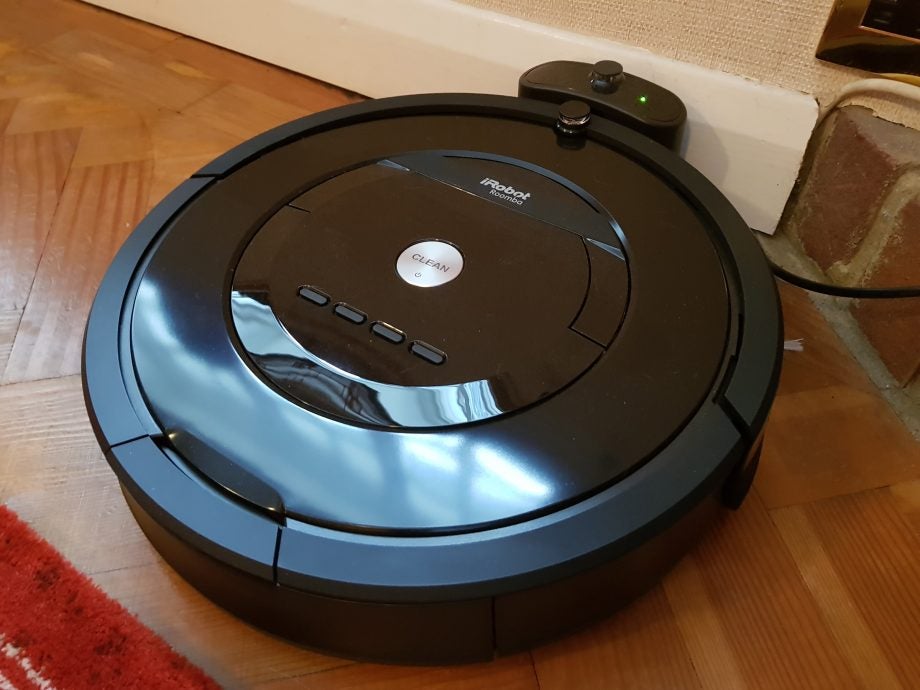
Verdict
Pros
- Impressive cleaning results
- Excellent room coverage
- Good edge cleaning on hard floors
- Effective on pet hairs
- Gentle on furniture
- No tangle roller bars
- Quiet cleaning
Cons
- Can’t get right into corners
- Poor edge cleaning on carpet
- Lightweight dock needs securing
Key Specifications
- Review Price: £579.99
- Programmable cleaning schedule
- HEPA-rated filtration
- Dirt-detection system
- Spot Cleaning mode
- Virtual Wall supplied
- Compact charge dock
What is the iRobot Roomba 875?
Available in the UK exclusively through Euronics high-street retailers, the Roomba 875 robot vacuum cleaner distils the best of iRobot’s technology into a neat and relatively affordable package. Its low height gets under sofas and its seemingly random navigation offers excellent room coverage. We were frankly amazed at its pet-hair cleaning abilities.
Being round, it struggles to get right into corners, and edge-cleaning on carpets wasn’t great. But for its excellent general floor-cleaning performance, simple programmable controls and faultless navigation around obstacles, the Roomba 875 is a great robot vacuum cleaner.
Related: Best vacuum cleaners
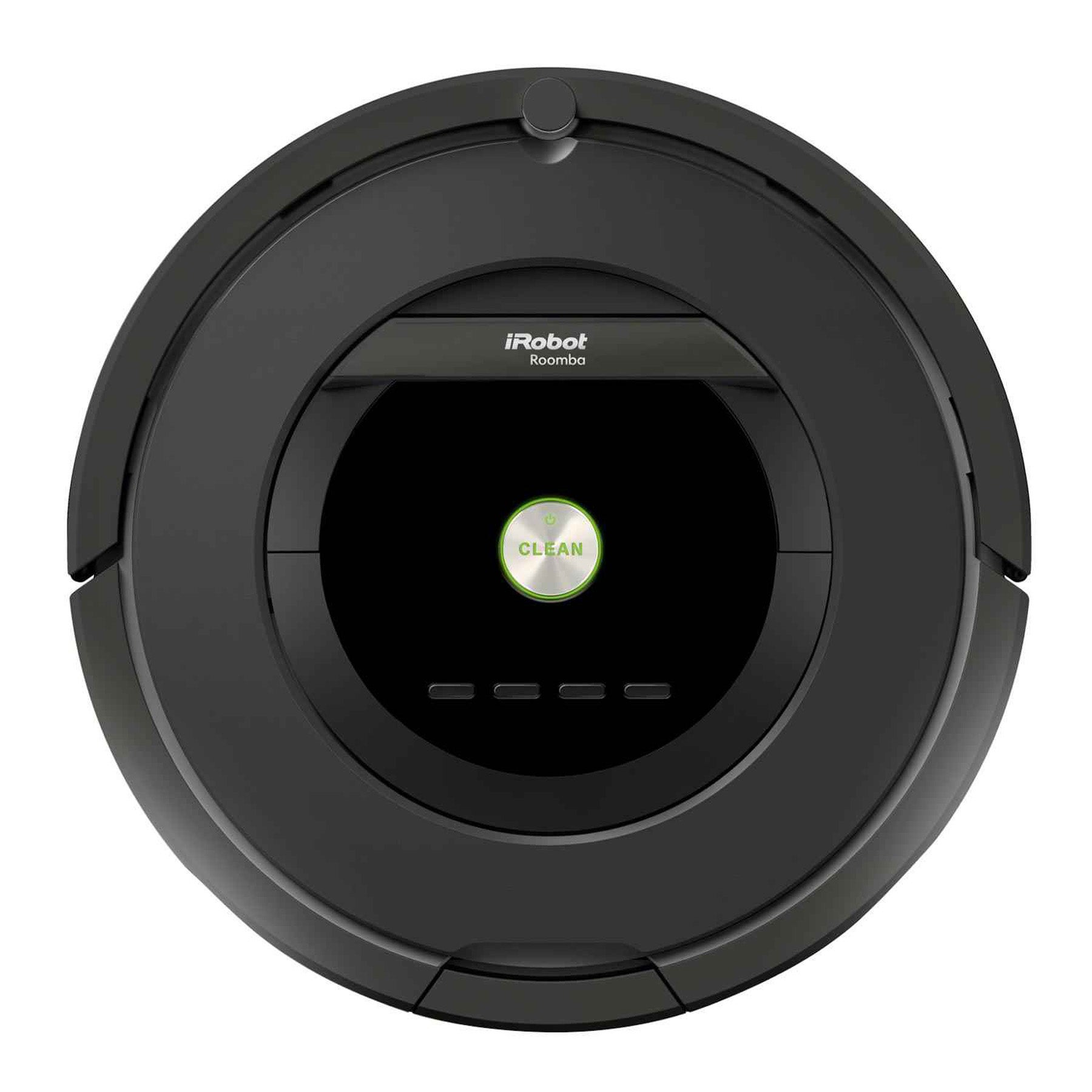
iRobot Roomba 875 – Design and features
An iRobot Roomba Green was the first robot vacuum cleaner we tested, back in 2004. Clearly, robot vacuum cleaners are yet to take over the world, but they’re certainly getting better at taking on household cleaning duties.
iRobot has stuck to it design principles. The new Roomba 875 retains the brand’s round vacuum cleaner design and low height. This isn’t so great for room corners, but ideal for getting where your main vacuum can’t, such as under the sofa. Around the perimeter is a soft bumper to protect furniture or anything else the vac might bump into.
There are proximity sensors on the front of the cleaner. As the machine approaches larger obstacles, it slows right down before shuffling forward to touch the object. That allows it to get darn close to room edges, but without giving your skirting boards a hammered finish.
The overall design is where the similarities between the 875 and older models ends. On the top of the 875 you have a large, crisp display, four control buttons and a large ‘clean’ indicator/button.
The underside is way more sophisticated than the glorified carpet sweepers of old too. This model is fitted with contra-rotating soft rubber rollers, which will cater for both hard floors and carpets. These are far more resistant to getting tangled up with hairs than traditional brush bars. That said, they’re easy to remove for cleaning.
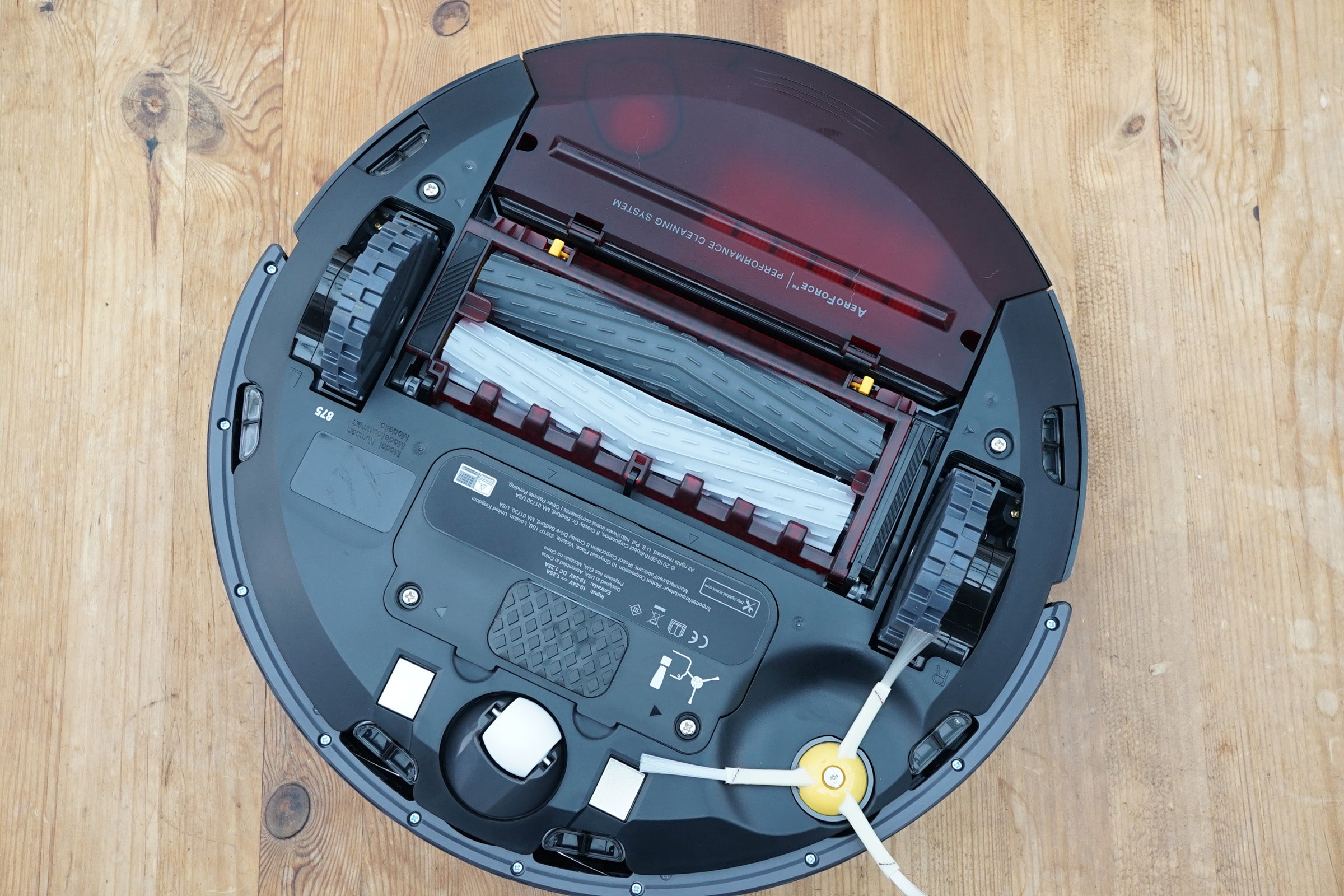
For cleaning into corners there’s a rotating brush, and overall suction power is much-improved: iRobot claims up to 50% greater cleaning performance than its earlier generation models. The pull-off bin is now reasonably large, taking up much of the robot’s rear-end. There’s a ‘bin-full’ sensor and a warning light on the top of the Roomba to indicate it’s full. If you don’t empty the bin pretty sharpish, it sulks off back to its dock until you do.
In keeping with the trend of reducing dust emissions, the 875 boasts HEPA-rated filtration. The filter is tap-clean rather than washable, so expect it to become permanently bunged up and require replacing at some point in the future. The 875 comes with one installed filter and a spare in the box.
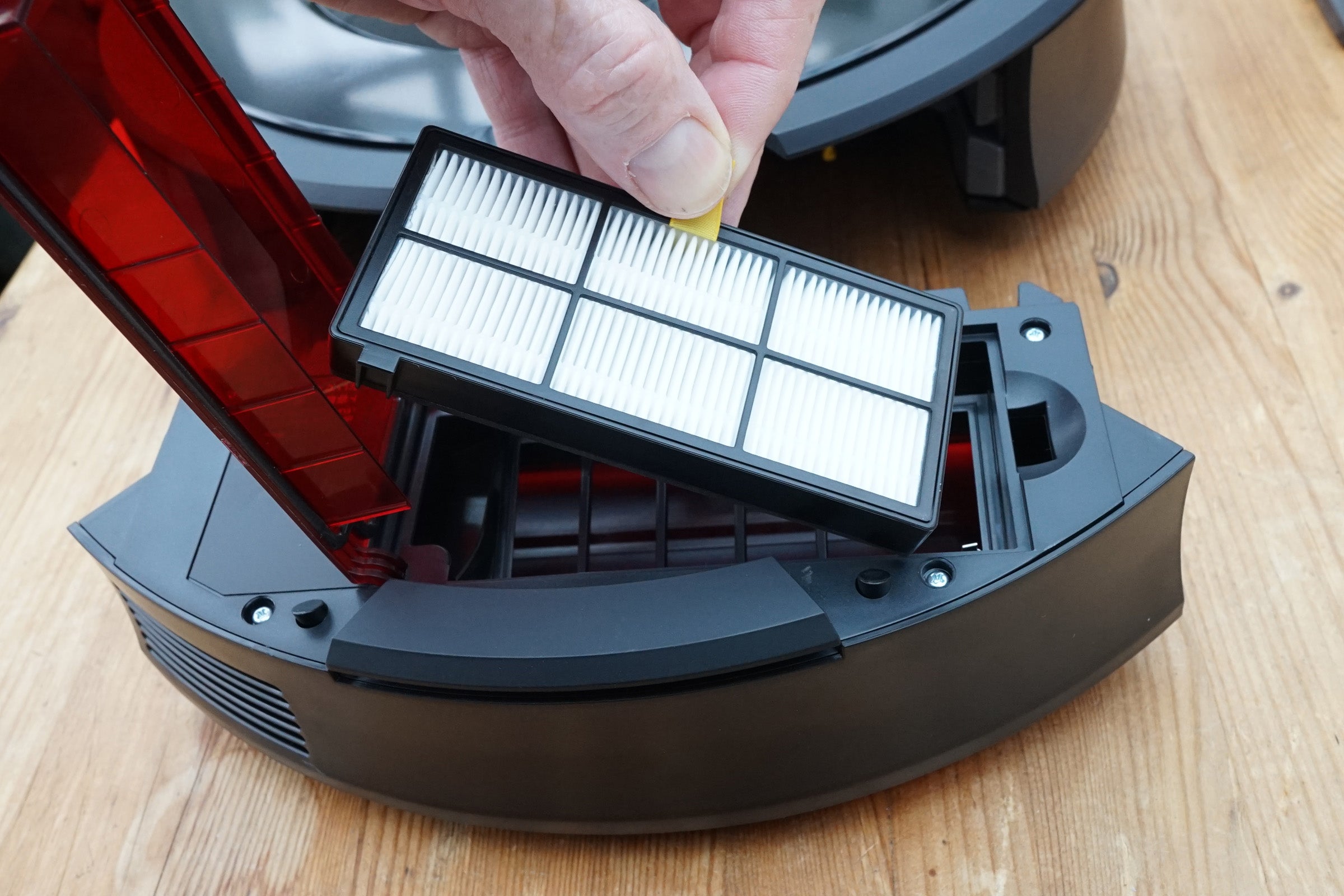
The revised motor and more gentle bump-steering mechanism certainly make for a nicely peaceful cleaning experience. At just 55dB noise output, the iRobot 875 is quieter than all but the very quietest mains-powered vacuum cleaners. This opens the possibility of cleaning in unsociable hours, or worrying a little less about disturbing the neighbours in the flat below.
The supplied Home Base charging station plugs into the mains and needs to be placed against a solid wall. It’s a light, compact unit. There are no suckers or any way of the base staying put on hard floors, so our Roomba frequently nudged and moved it as it tried to dock. We resorted to some Blu Tack on the base. Thankfully, the Home Base stays put much more effectively on carpet.
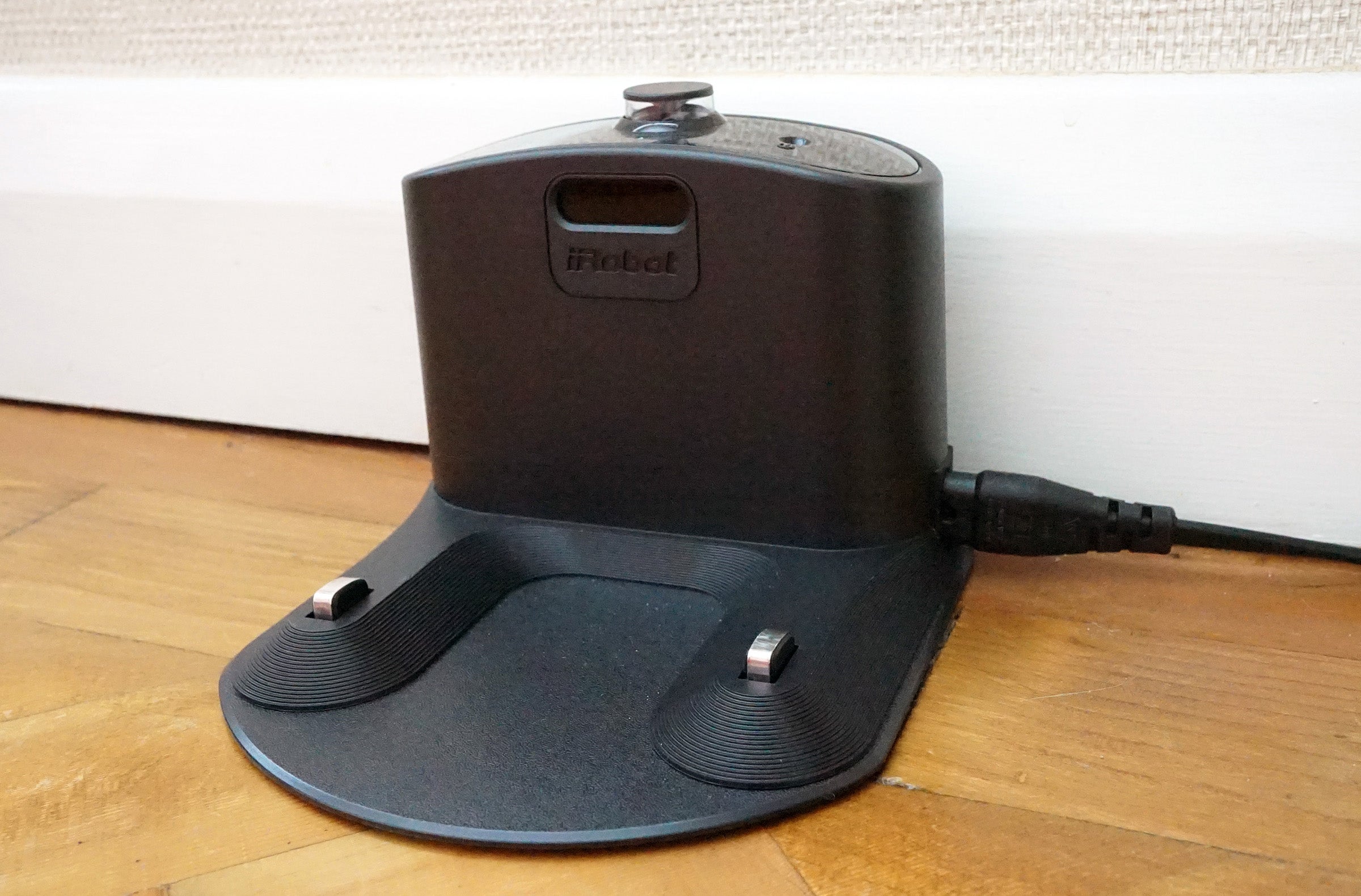
The final accessory is Roomba’s Virtual Wall barrier. One is supplied in the box, but you can buy more if required. Running on standard AAA batteries, this latest version is a dual-mode type. As standard it casts a straight-line barrier, which is ideal for blocking off doorways. You don’t need it for drop-offs such as steps. The Roomba’s Cliff Detection sensor is very effective at stopping it doing a kamikaze dive down your stairs. Trust us, we tried.
The Virtual Wall’s second mode creates a circular barrier, or semi-circular against a wall. We struggled to think of a use for this until reading the manual. It shows the Virtual Wall protecting an area of dog food and water bowls. That’s a genius feature for pet households.
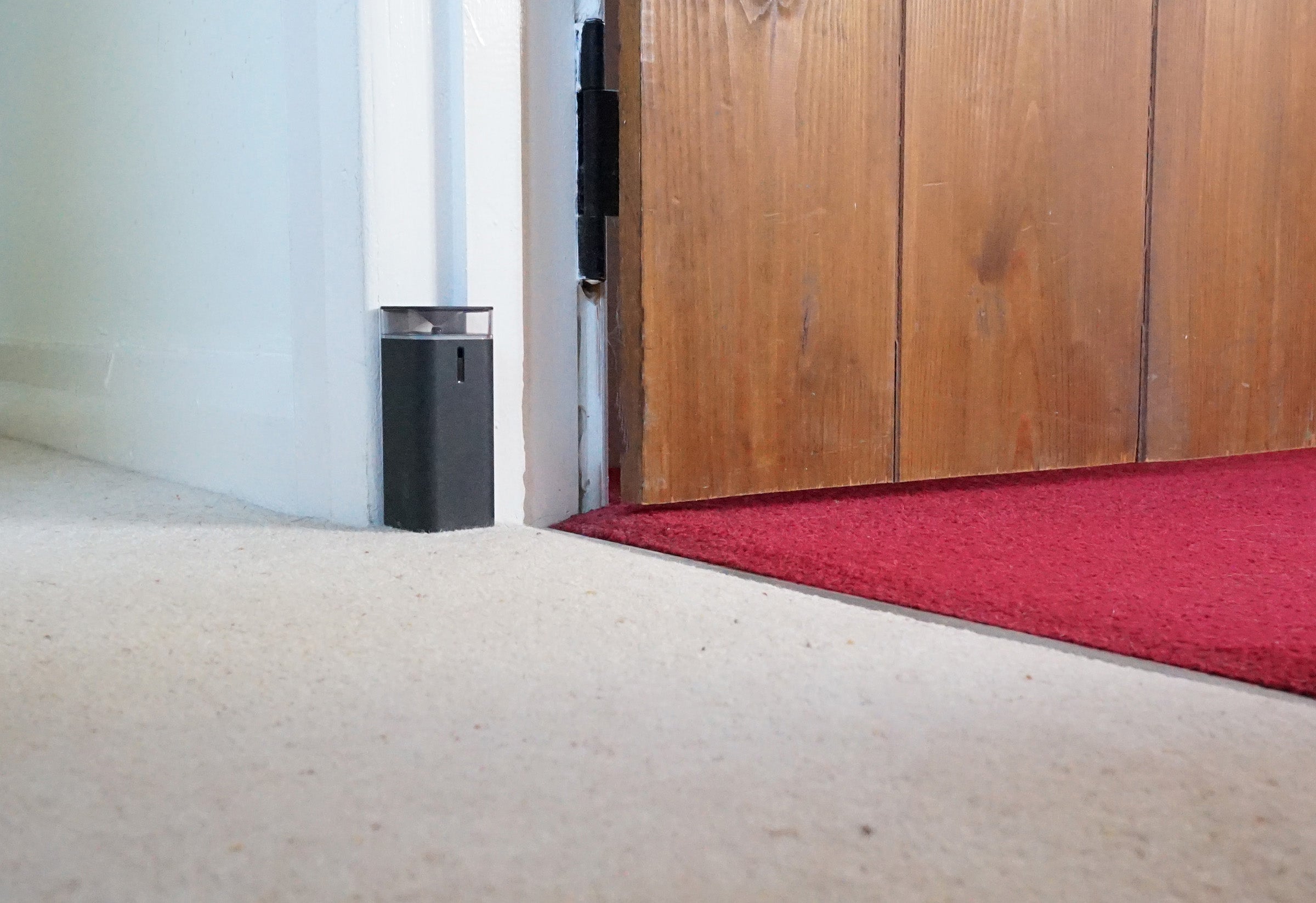
iRobot Roomba 875 – Setup and programming
The Roomba 875 takes about three hours to charge up fully and promises to run for around 60 minutes on a charge. Charging and run-times are all a bit academic with robot vacuum cleaners, in our opinion. If you’ve programmed it to undertake the cleaning, it will do so in a single charge or go back for a top up before completing the task anyway. So from a user’s point of view, charge and run-times don’t really matter.
Once charged you set the date and time, and programme in a cleaning schedule. Little and often is the key to cleaning with robots. If you attempt weekly big cleans, chances are the robot’s bin will be full before the work is done. Ideally, set it to go out on manoeuvres every day or every other day, preferably while you’re out. If you then empty the bin in the evening while the Roomba is recharging, the bin capacity won’t limit the cleaning routine.
For dry spillages the 875 has a Spot Cleaning mode. Using its top handle, you place the cleaner in the epicentre of the spillage. It then spirals out a tight circle up to 1m in diameter. The cleaner’s automatic dirt sensor will dictate speed and how often it goes over the same area to achieve a full clean. If you have dry spillages covering more than 1m, you’ll need to set the 875 to do the whole room. Or, you could just be more careful with the cornflakes.
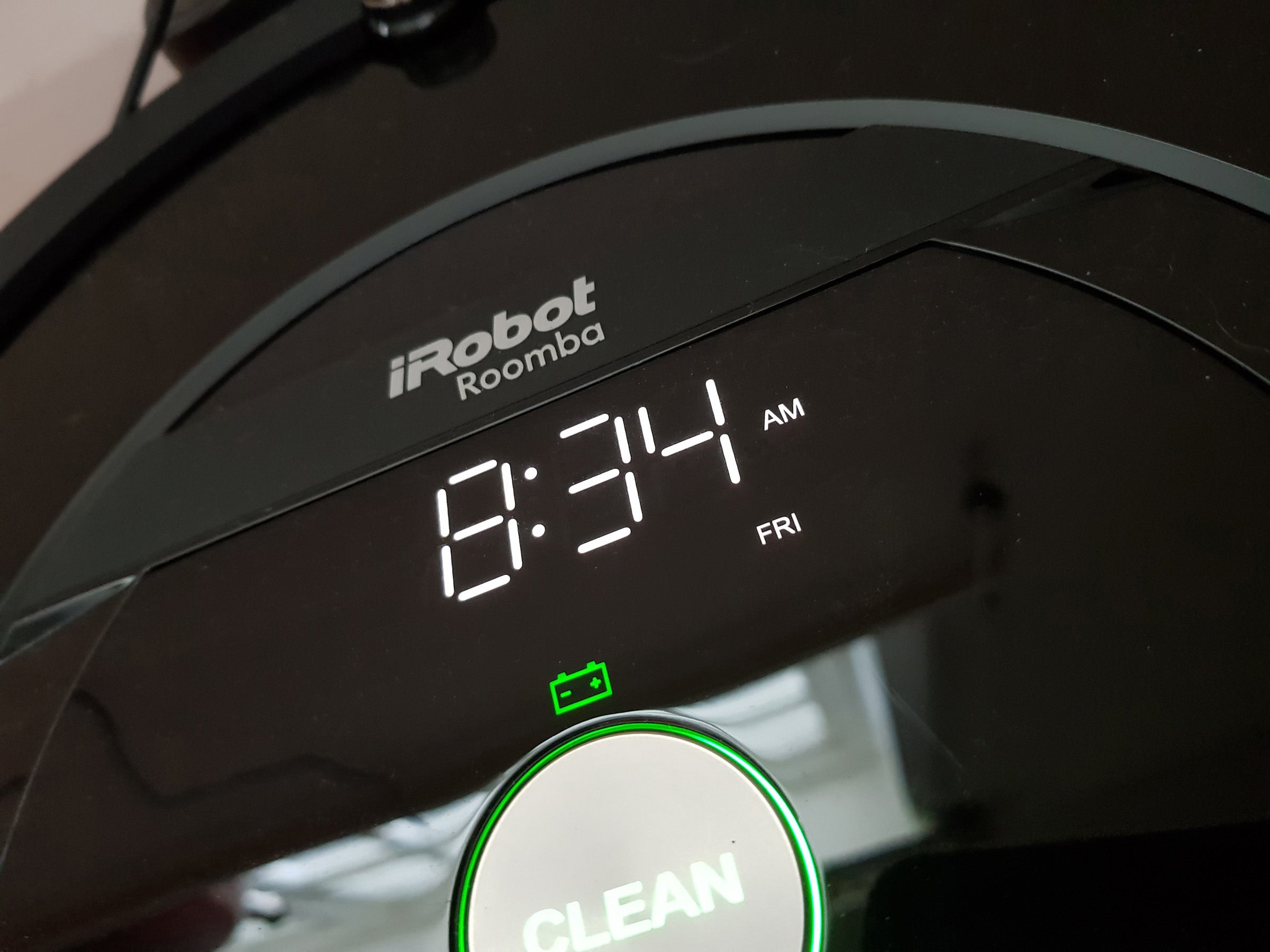
The Roomba’s standard cleaning pattern is largely random. It heads out of its dock in a straight line, until it approaches and gently touches the first obstacle. It may then head off in a random direction or try to work its way around it in a tight curve. If there was method to the Roomba’s movement madness, we couldn’t fathom it. Since the resulting clean had addressed every square meter of floor plus nooks, crannies and even under the sofas, it was a moot discussion. It worked.
At any time in normal, programmed or Spot Cleaning, you can stop the Roomba in its tracks by pressing the big green button on top. If you want to send it back to its Home Base then there’s a docking button too.
One note on your room and robot cleaners in general. They don’t like trailing cables, last week’s Sunday paper, half-eaten dog chews or old socks. You do need a tidy and fairly clear room for them to work effectively. The Roomba 875 is no exception, although it did bump over cables well. If your living room usually looks like a cross between a boot-fair and a kid’s soft-play area, a robot cleaner probably isn’t the answer.
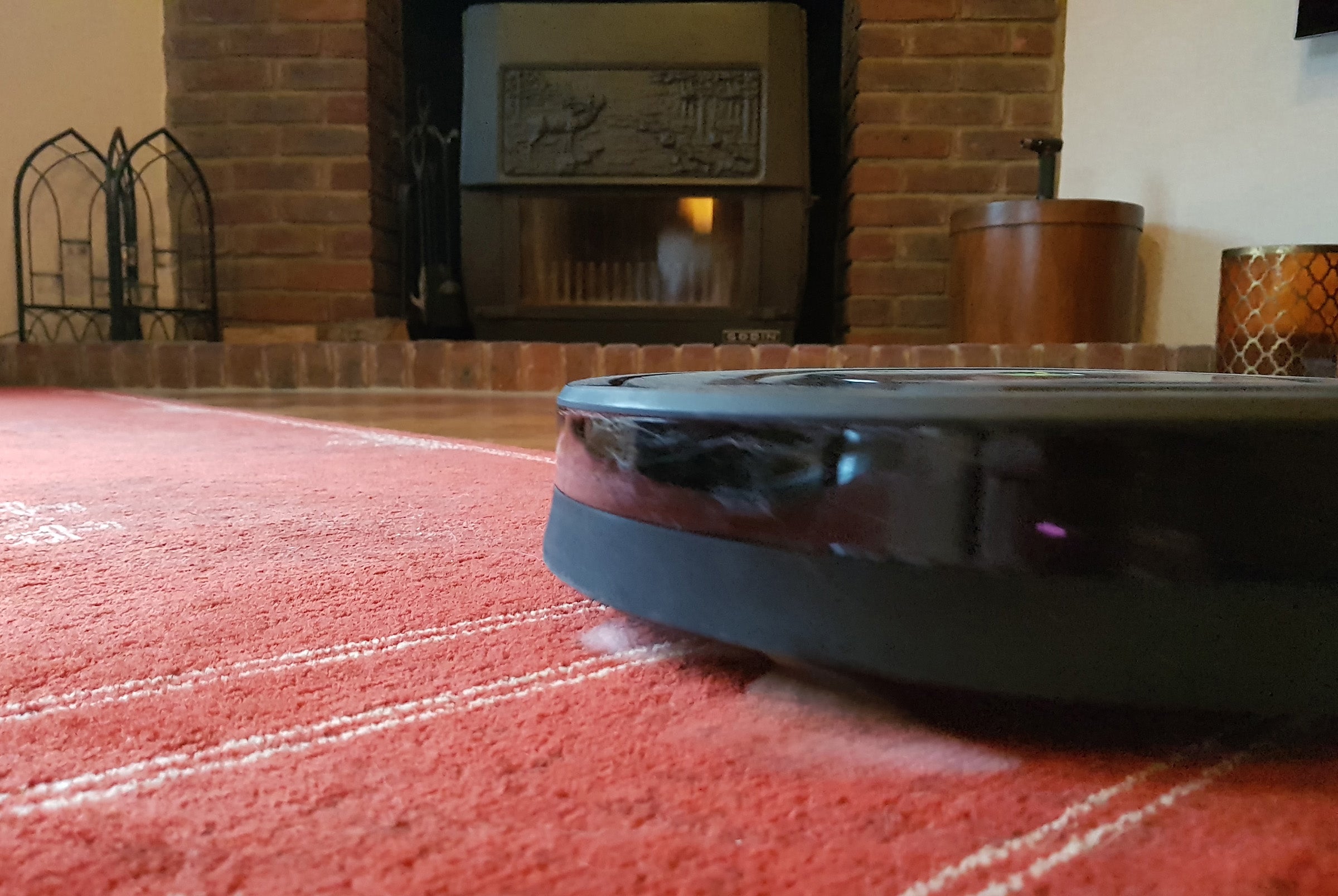
The Roomba 875 doesn’t come with a remote control, although one is available as an optional extra. Did we miss it? No, not really. If you have a robot cleaner then steering and operating it manually via remote control rather defeats the main benefit of autonomous cleaning. We did miss it for the potential YouTube gold of chasing the dogs around. The dogs didn’t.
iRobot Roomba 875 – How does it clean carpets and hard floors?
To summarise the Roomba 875’s performance succinctly, Jackie walked into the super-clean test room and immediately said “wow, robot cleaners have come on a bit then.”
Our 7m x 5m living room is largely parquet flooring with a rug that robots have to step up onto. There’s the usual mix of sofas, chairs, coffee tables and cabinets. For good robot-challenging measure, there’s also a brick fireplace running at 45 degrees to the room’s main walls. We put down six X-shaped patches of our usual test powder mix of talc, baking powder and carpet cleaner. Five X’s were placed around the room in both open and skirting-edge locations. The main rug had one large X of test powder distributed across its entire surface, as well as its regular layer of dust and mixed dog’s hair.
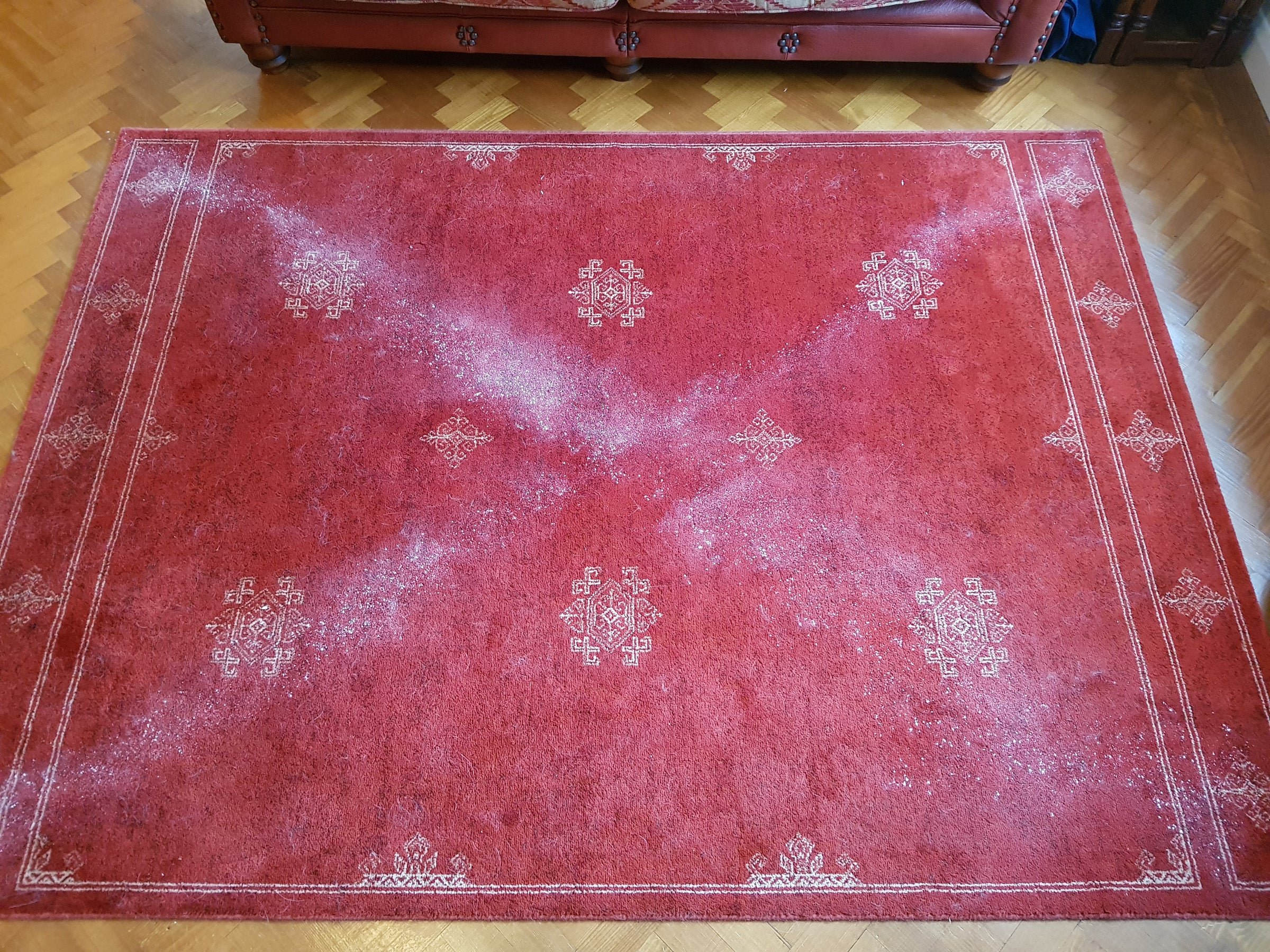
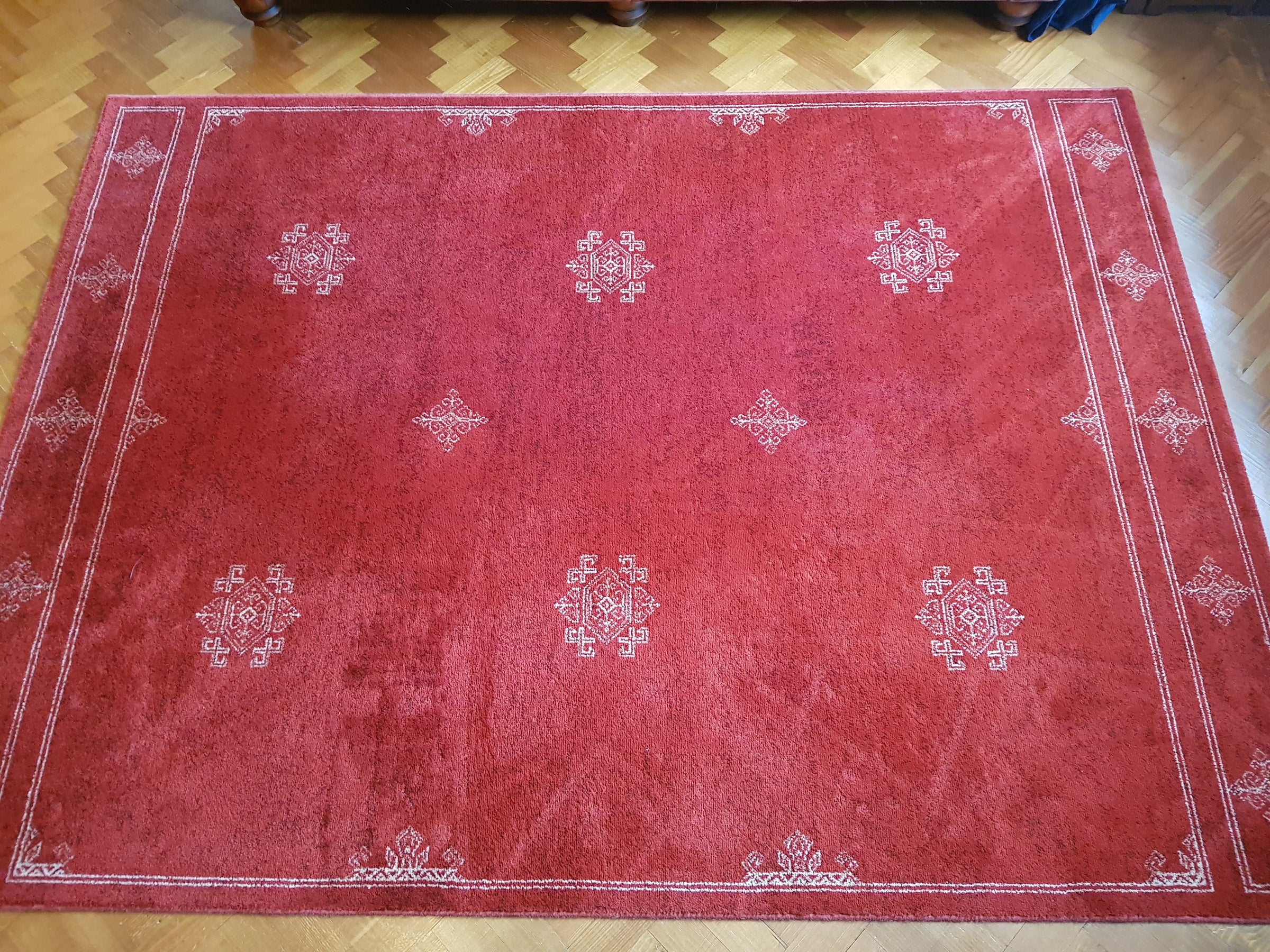
For added challenge, we did leave out a trailing mains cable and placed a dome-based standard lamp in open space. In previous reviews, one test robot cleaner flipped over completely trying to negotiate this obstacle. Another wedged up it at a jaunty angle. It’s particularly challenging because it’s too low for most proximity sensors to ‘see’ and easy enough for most robots to climb.
In programmed room cleaning mode, the Roomba 875 shot out of its dock like a greyhound. Well, relatively quick for a robot cleaner anyway. It bumped up onto the rug without breaking pace and immediately slowed down to address the test powder debris.
On a single pass alone the Roomba’s cleaning was impressive. It left behind clean, neatly groomed pile on the rug. It then proceeded to slide straight under our sofa and start cleaning where the sun doesn’t shine. Well, not since we last bothered pulling out the weighty sofa anyway.
After several trips under both sofas (20 minutes into the programmed clean), the Roomba declared its bin was full. It duly returned to its dock, demanding to be emptied. On subsequent cleans over the next couple of weeks, it managed the whole room with only a quarter-filled bin at the end of each outing.
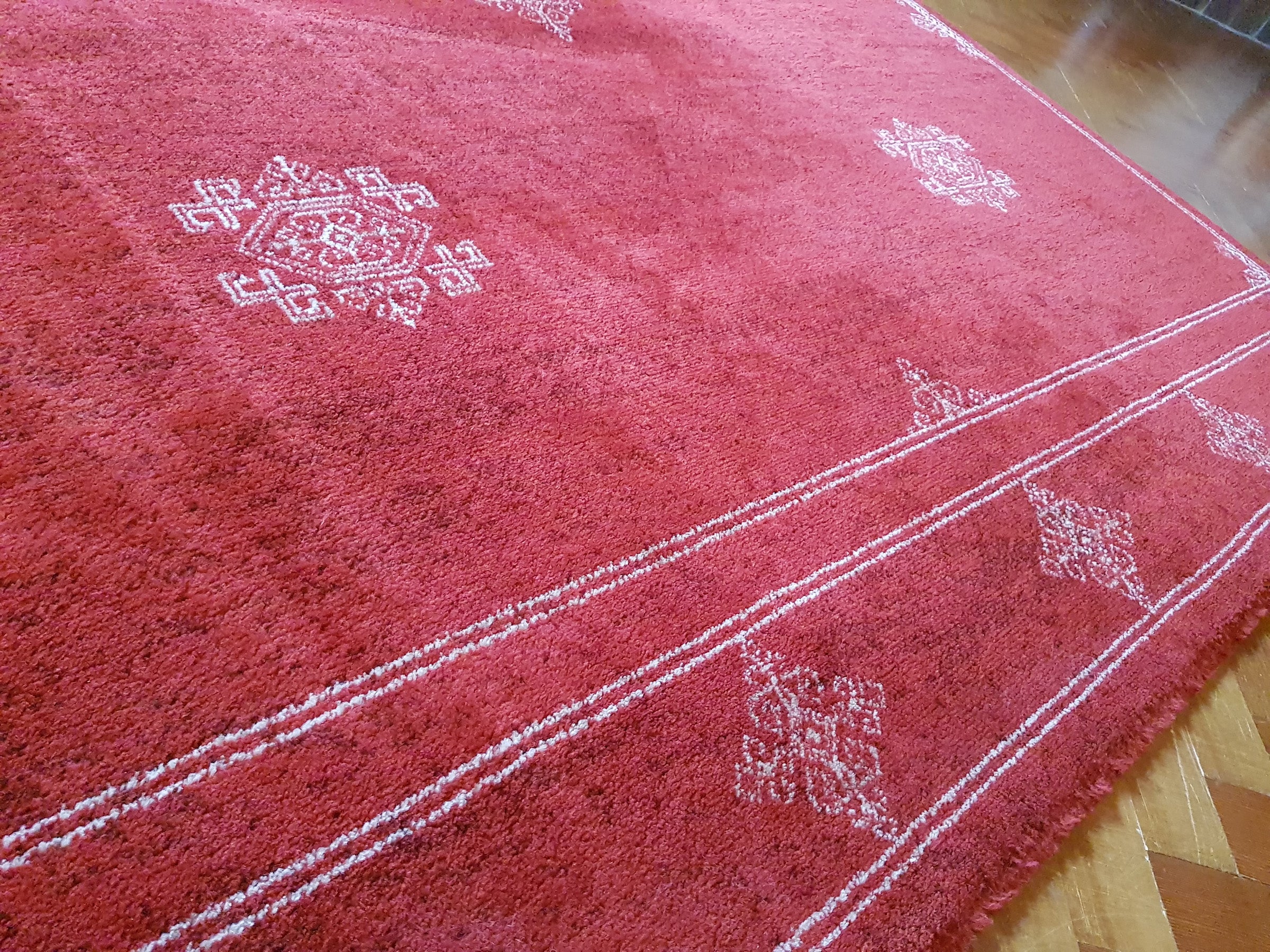
The first clean took about 50 minutes in total, which is when Jackie walked in. Results were indeed impressive.
The rug was pristine, exceptionally well vacuumed with zero missed areas. None of the test powder remained. Even on close inspection there were no signs of the usual heavy grains that manage to escape a single pass of most vacuums. The robot’s repeated going over the same area in a random pattern certainly does a great job of cleaning carpets.
The hard floor was no less impressive. All test patches of powder had been effectively tackled. The test powder tends to leave a fine layer of dust stuck by static to the surface. It resists cleaning tenaciously, but in four out of the five test areas the Roomba had done a sterling job of cleaning up almost completely. Only the X right in front of the lamp-base obstacle showed any hesitation in its cleaning. A fine sheen of powder and a couple of patches remained as the cleaner negotiated the base. Yet negotiate it did without incident.
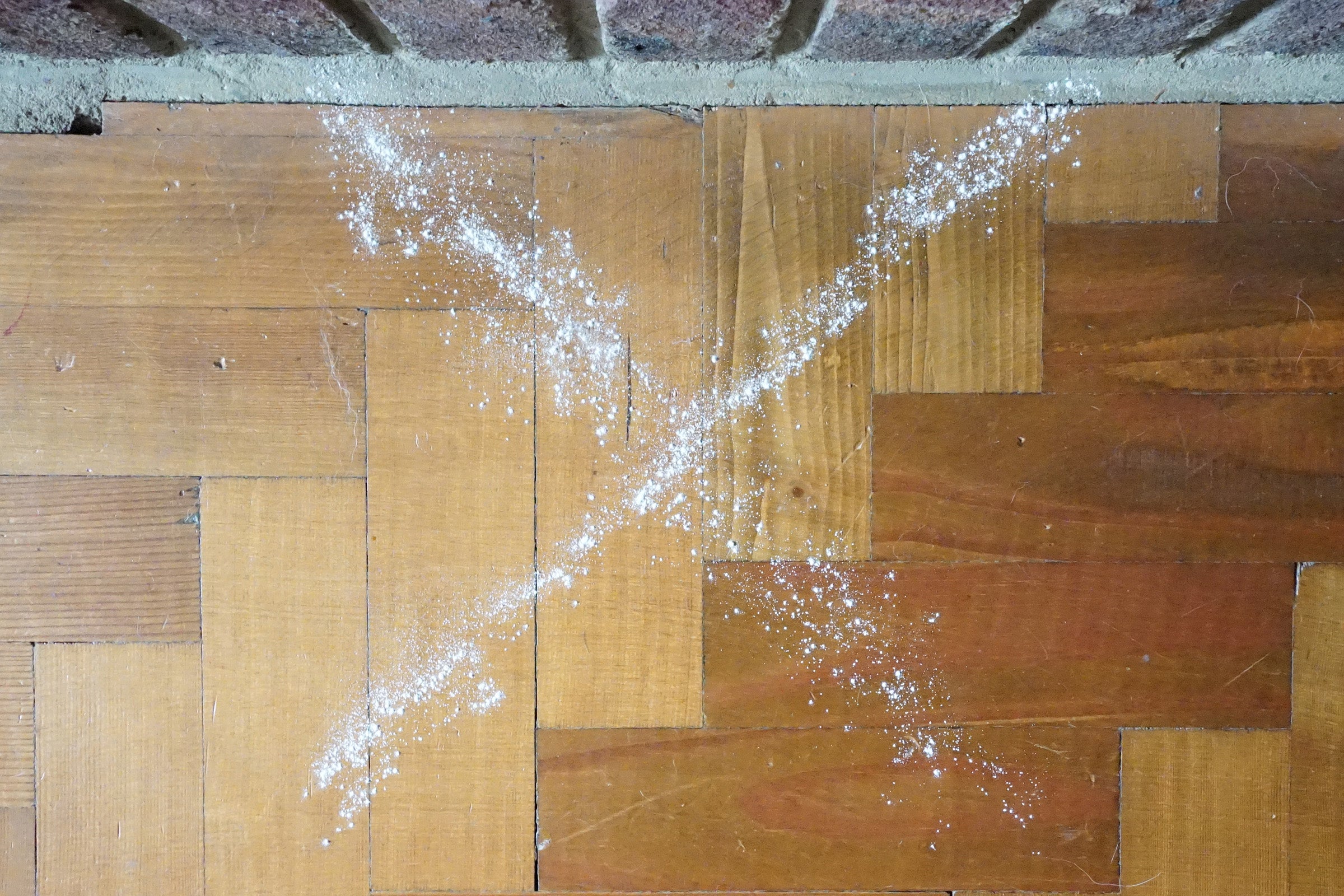
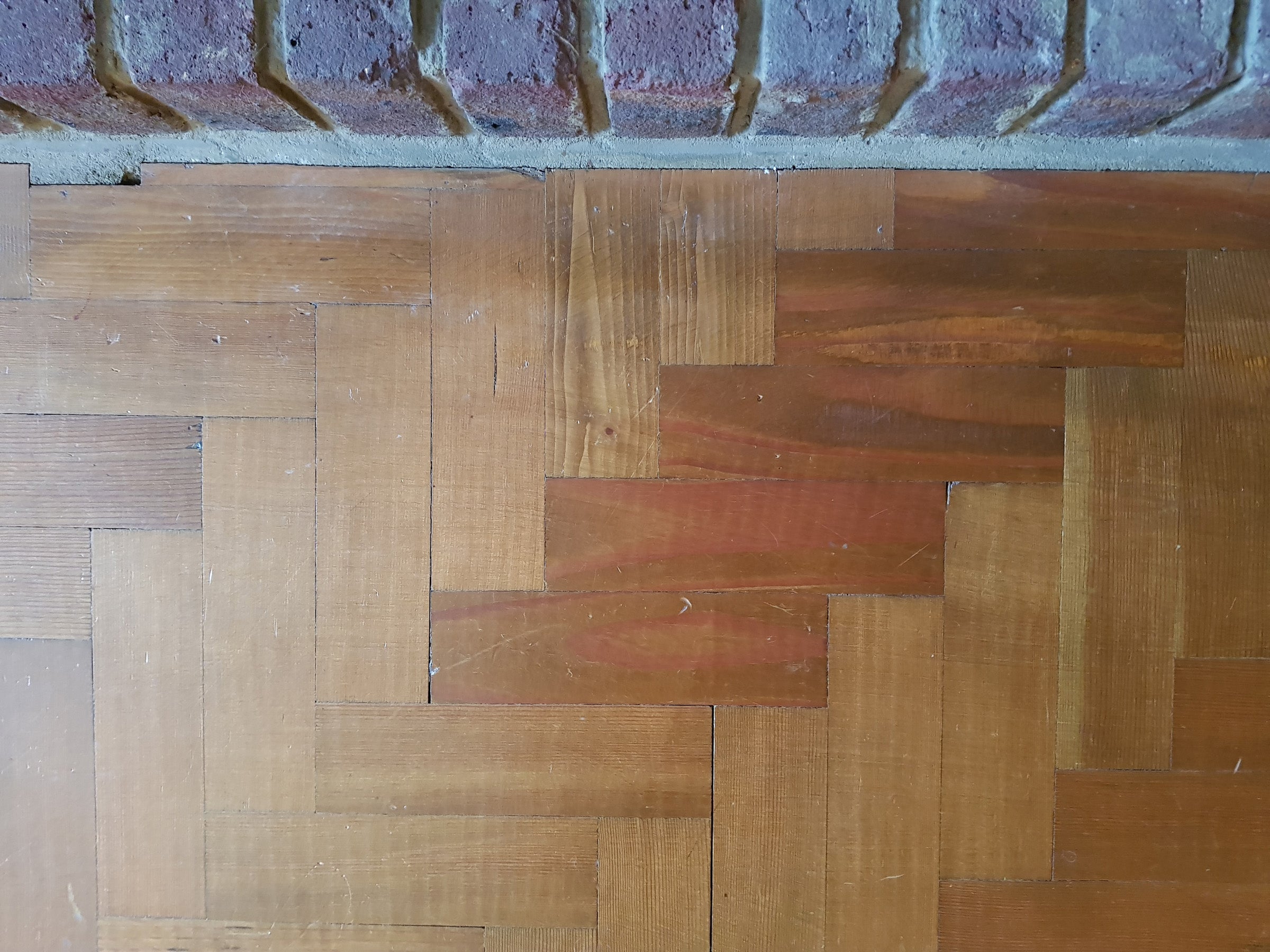
We were seriously impressed with the Roomba 875’s cleaning abilities. Across the entire room – on both carpets and hard floors, and around obstacles – it left no significant area untouched. While the Roomba doesn’t pack the vacuuming punch of a mains-powered cleaner, its relentless, autonomous operation repeatedly going over areas more than makes up for it. Doubly so, as you don’t need to break into a sweat doing it,
iRobot Roomba 875 – How does it cope with corners and obstacles?
The Roomba 875 is no slouch and moves around the room at quite some speed. I winced as it headed towards the wooden TV cabinet at the sort of pace that indicated a dent or scuff of the woodwork at least. Yet within a few centimetres of impact the Roomba suddenly slowed and gently nudged the furniture with its soft rubber bumper. It turned and headed off in another direction.
It treated sofa legs with equal gentleness, but reacted differently. As opposed to simply turning away it navigated a semi-circular path, tracking the leg before continuing on at some random angle. It’s quite fascinating to watch.
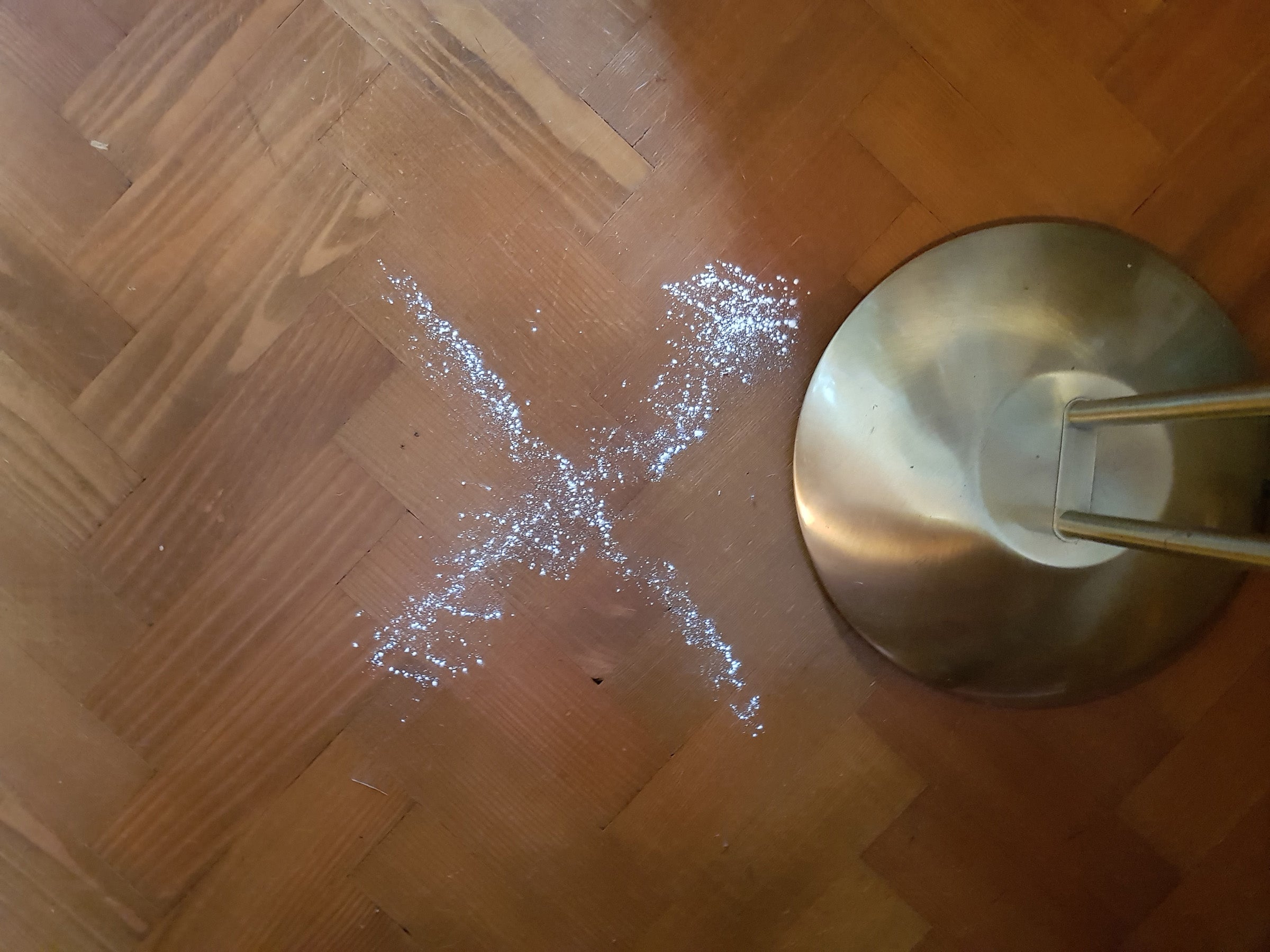
Edges on the hard floor transpired as a strong area for the Roomba. The rotating brush flicks right up against skirtings and edges, dragging dirt and dust into the path of the vacuum. Even against our rough-edge brick fireplace, it did a remarkably good job of pulling up all of the test powder.
It wasn’t so impressive at skirting edges in carpeted rooms. The rubber cleaning bars and vacuum channels beneath are a fair bit smaller than the body of the cleaner, so it simply can’t clean that close to the edge. The rotating brush helps little on carpets, since the pile simply hangs onto dust and debris.
The Roomba came within a few centimetres of all major corners in the room, but strategically placed dog-hair fur-balls remained untouched in three out of four. Absolute corners are always going to be the bane of round robot cleaners – round peg, square hole. If you consider that cabinets against a wall create more ‘corners’ per se, those areas aren’t going to be effectively addressed.
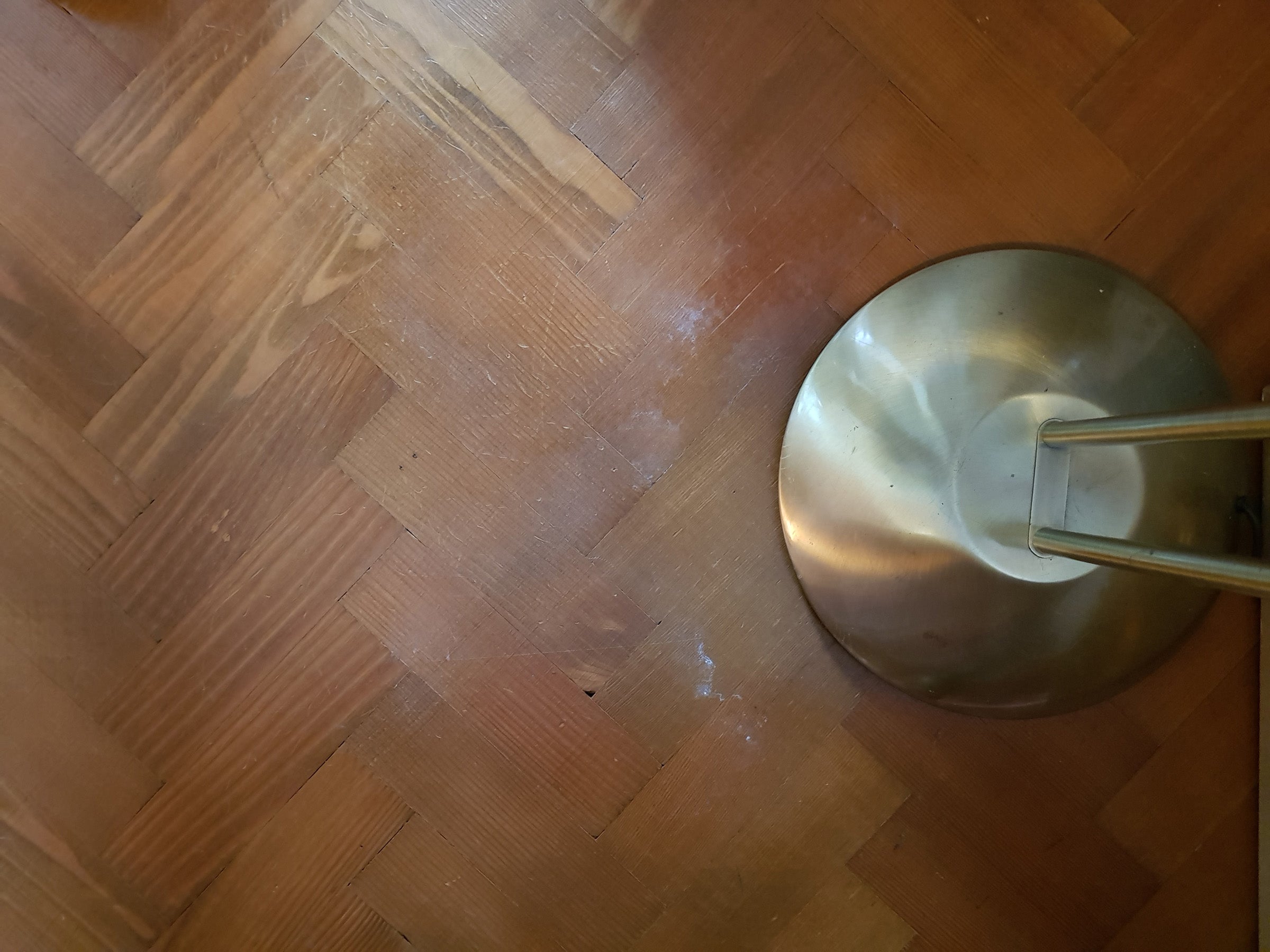
Yet we agreed that the Roomba’s ability to clean several square meters of floor under our sofas more than made up for the odd missed corner.
iRobot Roomba 875 – How does it cope with pet hair?
Pets and robot vacuum cleaners have only really worked together on YouTube videos. Tenacious per hairs, which cling to carpet like Velcro, were generally left untouched by earlier robots. The Roomba 875 redresses that balance and did an outstanding job of removing mixed dog hairs from our test rug. Considering our Labrador and Collie had spent all week prepping the rug for this test, it was a serious challenge too.
Following the Roomba’s first outing, the rug was spectacularly clear of pet hair. Most mains-powered cylinder cleaners with static floor heads (no rotating brush bar) would struggle to get the rug that clean. Impressive indeed.
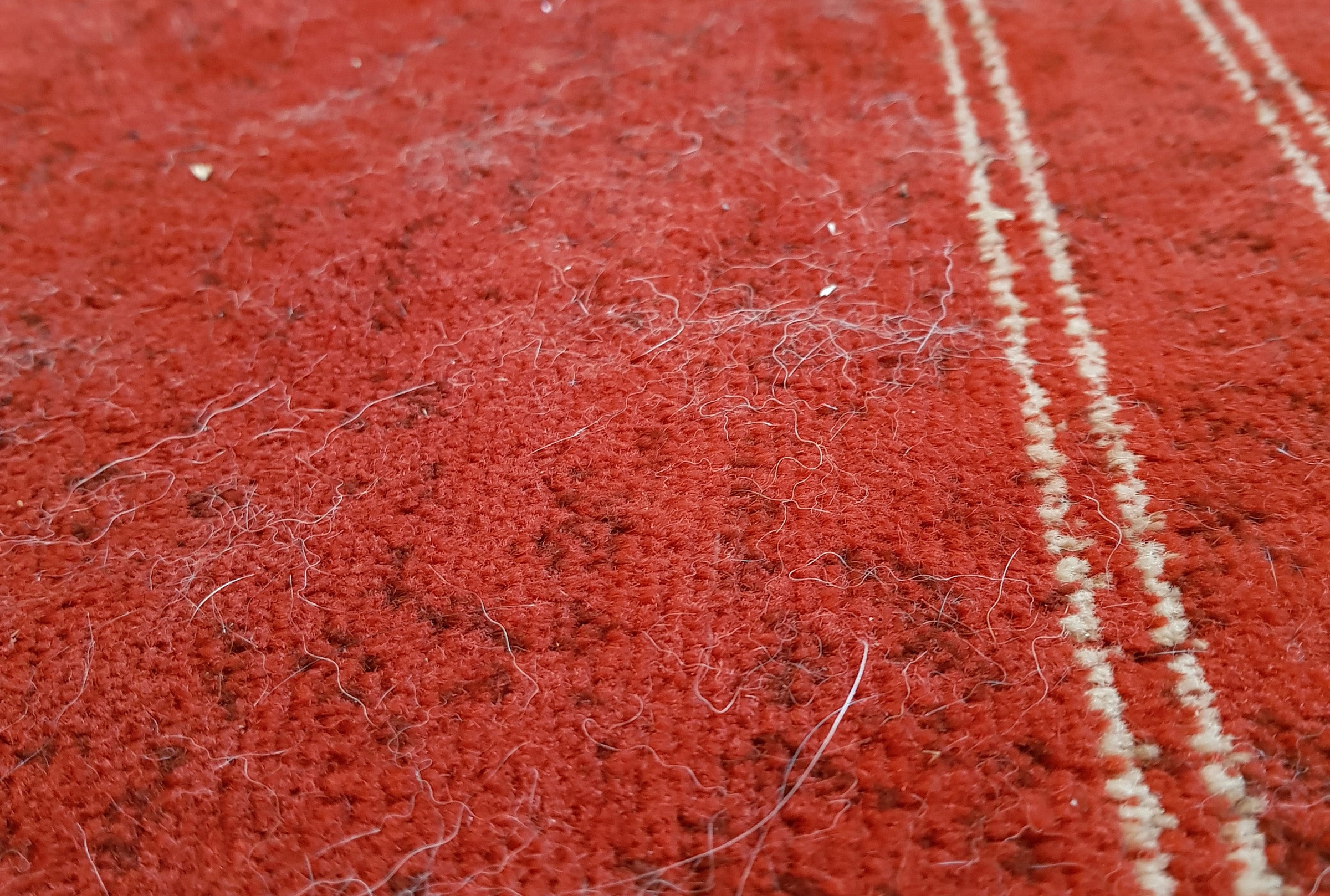
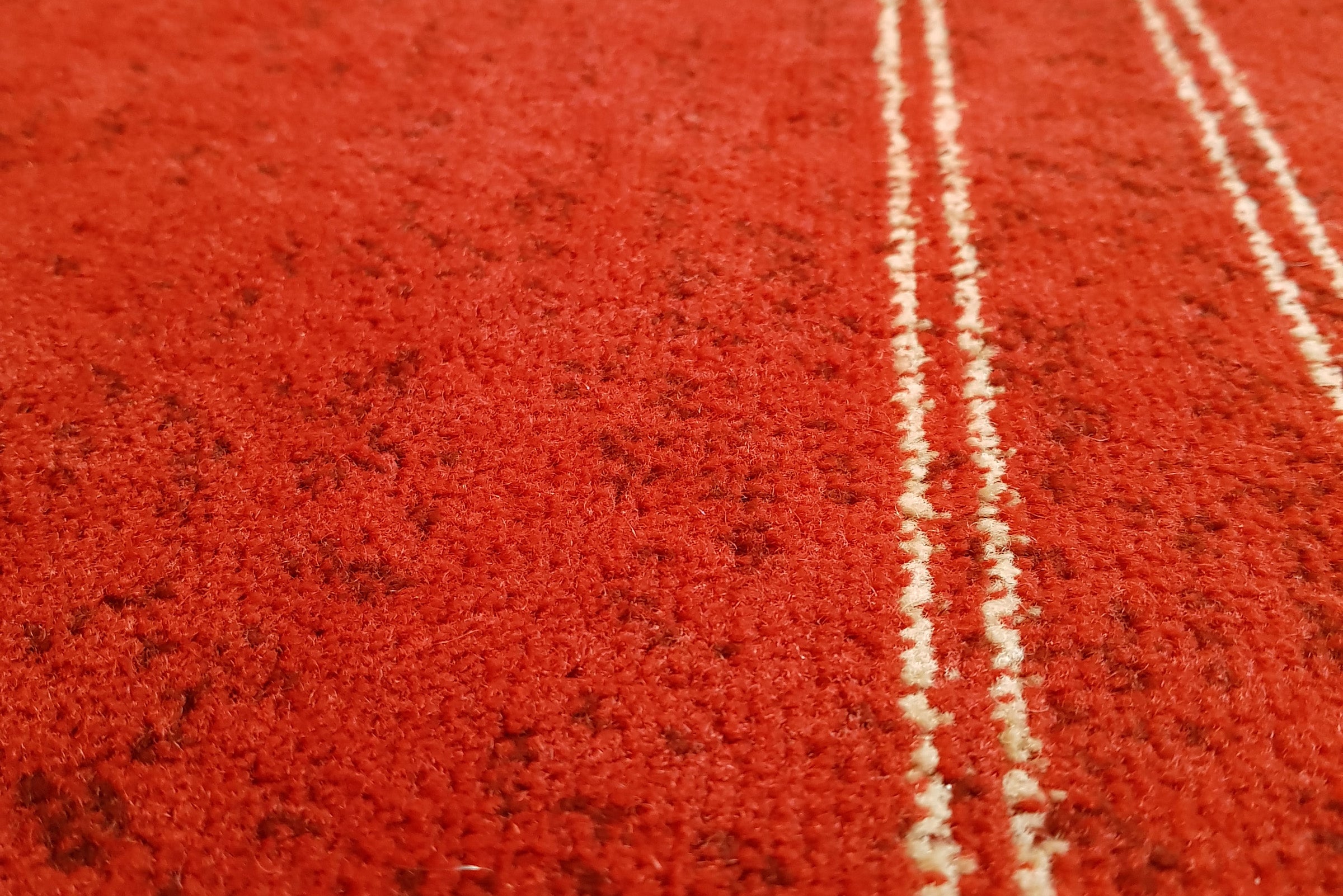
Moreover, while the Roomba’s bin did fill quickly during this classic canine clear-up, its rotating rubber cleaning bars remained tangle free. Even at the end of the session, there wasn’t a single hair wrapped around either of the rollers. Okay, a cylinder cleaner would also give you scope to vacuum upholstery and the dogs beds – but for pet hair removal on hard floors and carpets, the Roomba is a bit of a champion.
Emptying the bin showed the hairs and dust fairly tightly packed into the space, maximising its capacity. If you have a lot of pets that shed fur all year round, you’re going to spend a lot of time emptying the bin. Yet that statement alone suggests just how well the Roomba 875 cleans up pet hair.
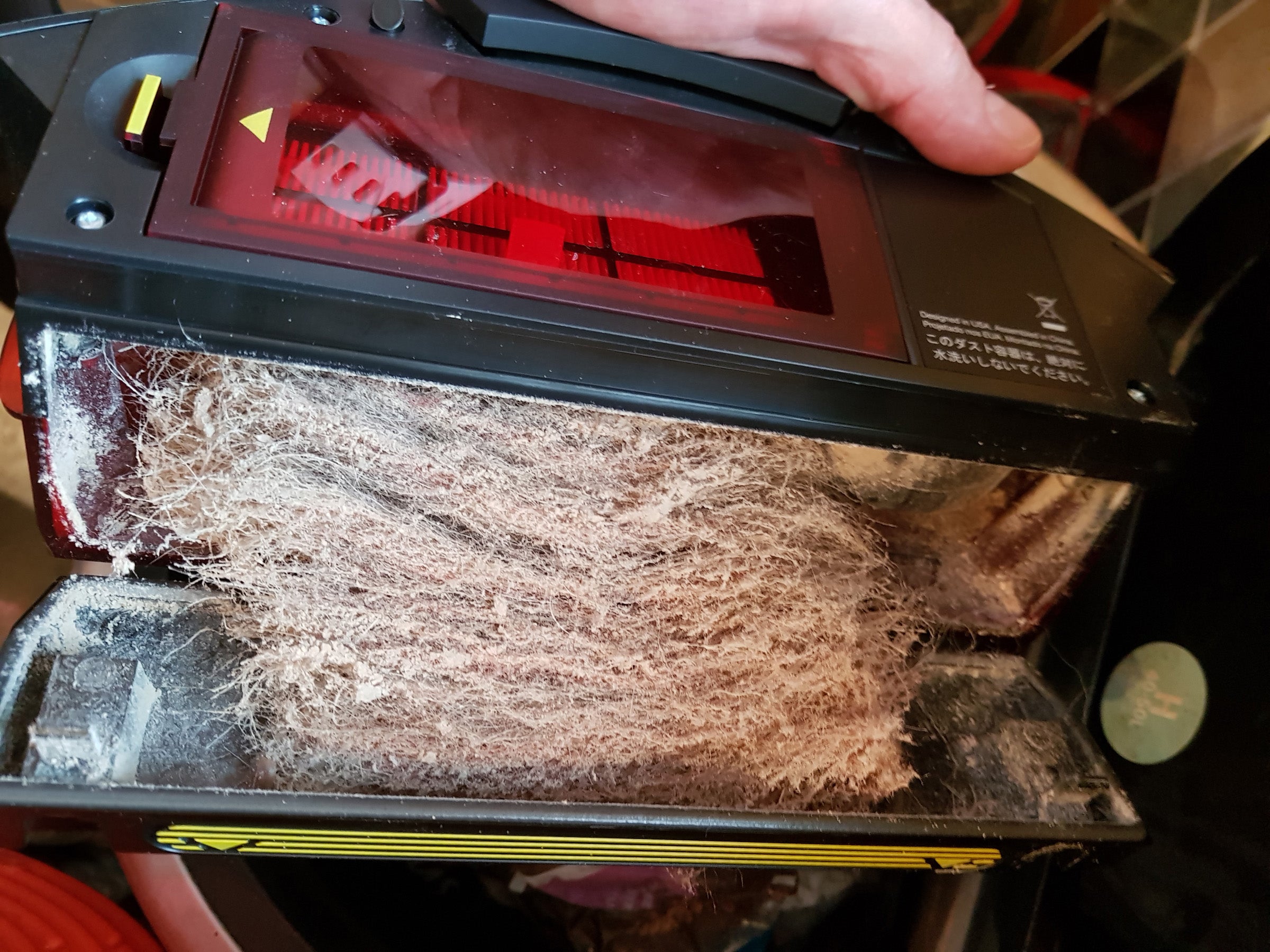
Should I buy the iRobot Roomba 875?
Easy to programme, quiet and effective, the Roomba 875 is a great all-round robot vacuum cleaner. Corners remain illusive, and you do still have to empty the bin. Moreover, the 875’s near-£600 ticket is starting to look a little steep against models with networking and remote control. Yet its sheer simplicity, 100% floor coverage in our tests, and superb cleaning results even with pet hair, make it a near autonomous cleaning tool that more than justifies its price.
Verdict
Simple and effective, the Roomba 875 eschews networking and fancy features for solid cleaning performance and excellent floor coverage.


